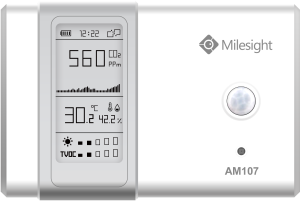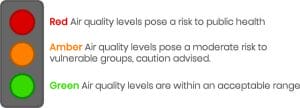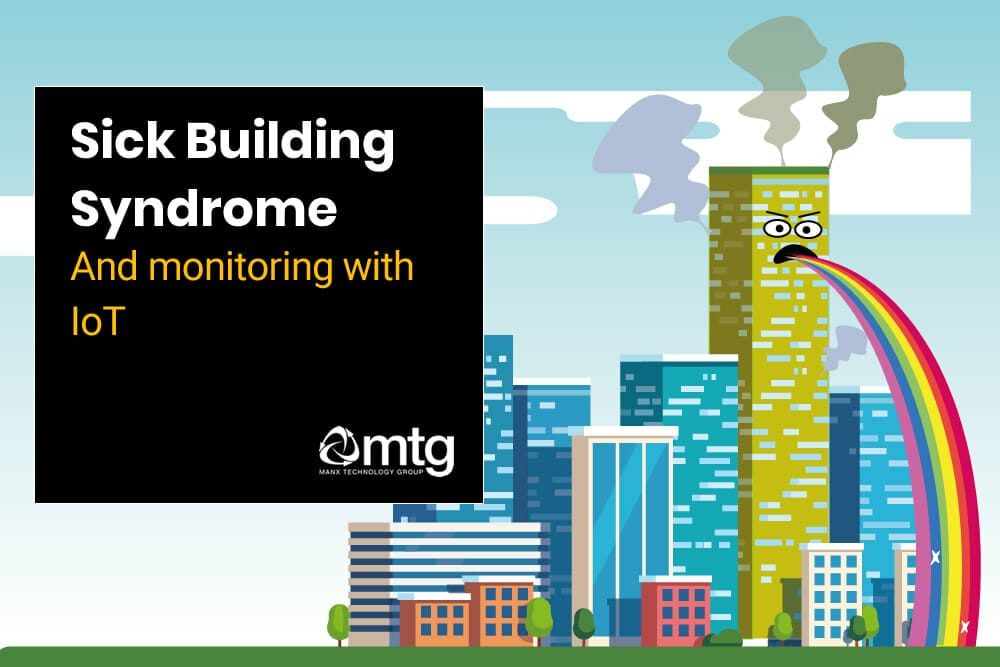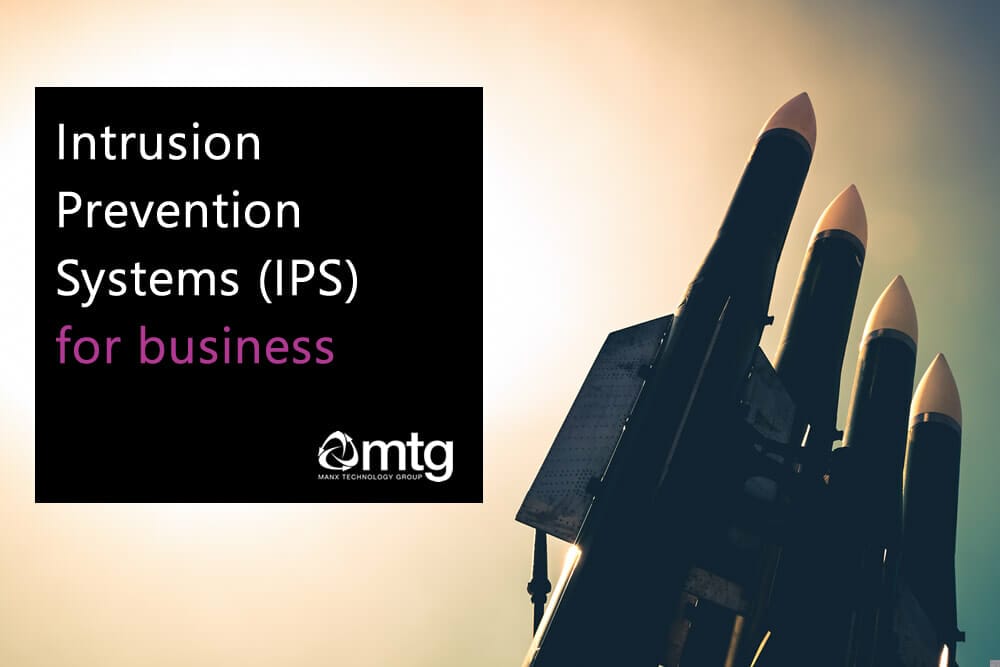Sick Building Syndrome describes a situation where the occupants of an office or building suffer from nonspecific health issues or feel under the weather when spending time in the building. Internet of Things (IoT) technologies can monitor several parameters that may contribute to sick building syndrome, including pollutants, legionella, VOC (volatile organic compounds), temperature, moisture, CO2, light and noise levels.
Building owners and organisations are turning to IoT technology to monitor building conditions, optimise the working environment and generate alerts in the event thresholds are reached.
In this article, we look at a range of IoT sensors that will measure the indoor environment to optimise working and living conditions for the building’s occupants.
Sick Building Syndrome has its roots in the 1970s when many office blocks and residences installed air conditioning, only to find people began to experience headaches, tiredness and cold symptoms. During this time, people began to recognise the importance of fresh air, with optimal light, temperature and humidity levels. A sub-optimal environment can impact productivity, concentration, physical and mental health.
For any business, optimising the health and well-being of a building’s occupants will contribute towards a company’s profit and performance. With the advent of embedded systems, IoT and sensor devices, building managers are turning towards IoT and smart technology to provide an optimal working environment.
How to test for sick building syndrome?
Manx Technology Group provides a range of IoT sensors that can measure a variety of parameters associated with occupant wellbeing, and sick building syndrome. Using equipment from Libelium and Milesight, we can design, deploy and support indoor environmental monitoring systems, with optional development of dashboards, apps, and building management systems.
With more companies focused on staff well-being, attention should be focused on optimising the working environment, beyond aesthetics and office perks.
There is no single diagnostic test for sick building syndrome, so the aim is to monitor the various factors associated with the condition.
Our systems can also monitor the outdoor environment, with both fixed and mobile air quality monitoring.
Indoor CO2 (carbondioxide)

Ambient CO2 levels are around 450ppm (parts per million) – and various studies have linked high levels (>1200ppm) to reduced cognitive function and concentration levels. Monitoring indoor CO2 levels can alert building managers and staff if levels exceed recommended levels – which may lead to opening windows or improvements in ventilation systems.
The introduction of plants (some studies suggest plants can reduce indoor CO2 by 10%).
Indoor CO2 sensors run on a battery, transmitting their data back to a cloud platform.
Data can be displayed on dashboards or web pages – that can alert building managers and visualise the current CO2 levels of occupants.
Volatile Organic Compounds (VOC)

VOCs describe a range of gases that may include formaldehyde (HCHO), acetaldehyde (CH3CHO) and the (B)TEX (toluene, ethylbenzene, xylene). Other sources of VOCs may originate from the burning of fuels, plastic, gases or tobacco products.
Exposure to VOCs may lead to eye, nose and throat irritation; shortness of breath, headaches and skin irritation. Long-term exposure to VOCs may lead to more severe health conditions. People with respiratory conditions (i.e. asthma) or allergies may be more sensitive to VOCs.
IoT can be used to measure the presence of indoor VOCs, providing useful information to indicate the presence of VOCs so preventative action can be taken to reduce occupant exposure. VOC sensors can be mounted within indoor areas, transmitting the measurements back to a cloud platform.
Temperature and Humidity
Productivity and concentration levels will decrease if staff are expected to work in a substandard working environment. Optimal temperature and humidity levels lead to a more productive and comfortable working environment. Temperature and humidity are easily monitored using IoT, with sensors integrated alongside CO2 and occupancy – allowing building managers or landlords to tweak or optimise the air-conditioning, heating and ventilation systems.
Room Occupancy
While not strictly related to sick building syndrome, room occupancy sensors provide the building manager with an indicator of the rooms that are occupied in a building or complex, over some time. This data is invaluable in determining the usage of rooms and the effective use of space within the building.
For example, the actual use of meeting or treatment rooms can be measured automatically, side offices or other facilities may also be monitored for usage. Indoor monitoring has important applications in education, the public sector, healthcare, or for any responsible building manager.
Occupancy sensors can operate on the battery using wireless technology. With embedded PIR sensors, the sensors will record when movement or presence is detected in a room.
How can IoT help with sick building syndrome?
| Sensor | Measurement | Description |
|---|---|---|
| Indoor CO2 Sensor | Carbon Dioxide (CO2) – Parts Per Mission | Ambient air is ~450ppm. Levels above 1200ppm will cause reduced cognitive function and lack of concentration. |
| Volatile Organic Compounds (VOC) | The presence of VOCs | The presence of VOCs can be measured. Different IoT sensors can measure different types of VOC. |
| Temperature | Temperature in degrees celsius | Indoor temperature levels |
| Humidity | Relative humidity % | High humidity levels can make the working environment uncomfortable |
| Lux Levels | Lux/Light levels | The wrong light levels or light temperature can cause headaches and uncomfortable working conditions |
| Room occupancy | Instances of people detected | Sensor records the number of times (and time of day) that a person was discovered in the room |
| Noise | Decibels | Sensor records the average noise in the office over time |
| Pipe temperature | Pipe temperature in degrees C | Continual temperature measurement of pipes can develop a risk profile for the presence of legionella. |
Dashboards and Apps

Web-based dashboards or mobile apps can visualise the data collected from IoT sensors. Data can be displayed in the form of charts and tables – with thresholds configured to alert occupants in the event of sub-standard conditions.
For example, VOCs may enter the office from a window overlooking road works, CO2 levels may rise if windows are shut, or humidity levels may increase if there is an issue with the building ventilation system.
Learn more
Real-time occupant feedback gives people a centralised and transparent view of the building – allowing them to take action or steps to improve the working environment. Optimal working conditions will lead to increased productivity, concentration and morale in the office or facility.
Active monitoring of the indoor environment can prevent the advent of sick building syndrome and provide the very best working conditions for your team.
Further reading
[sc name=”blogfooter” ]




